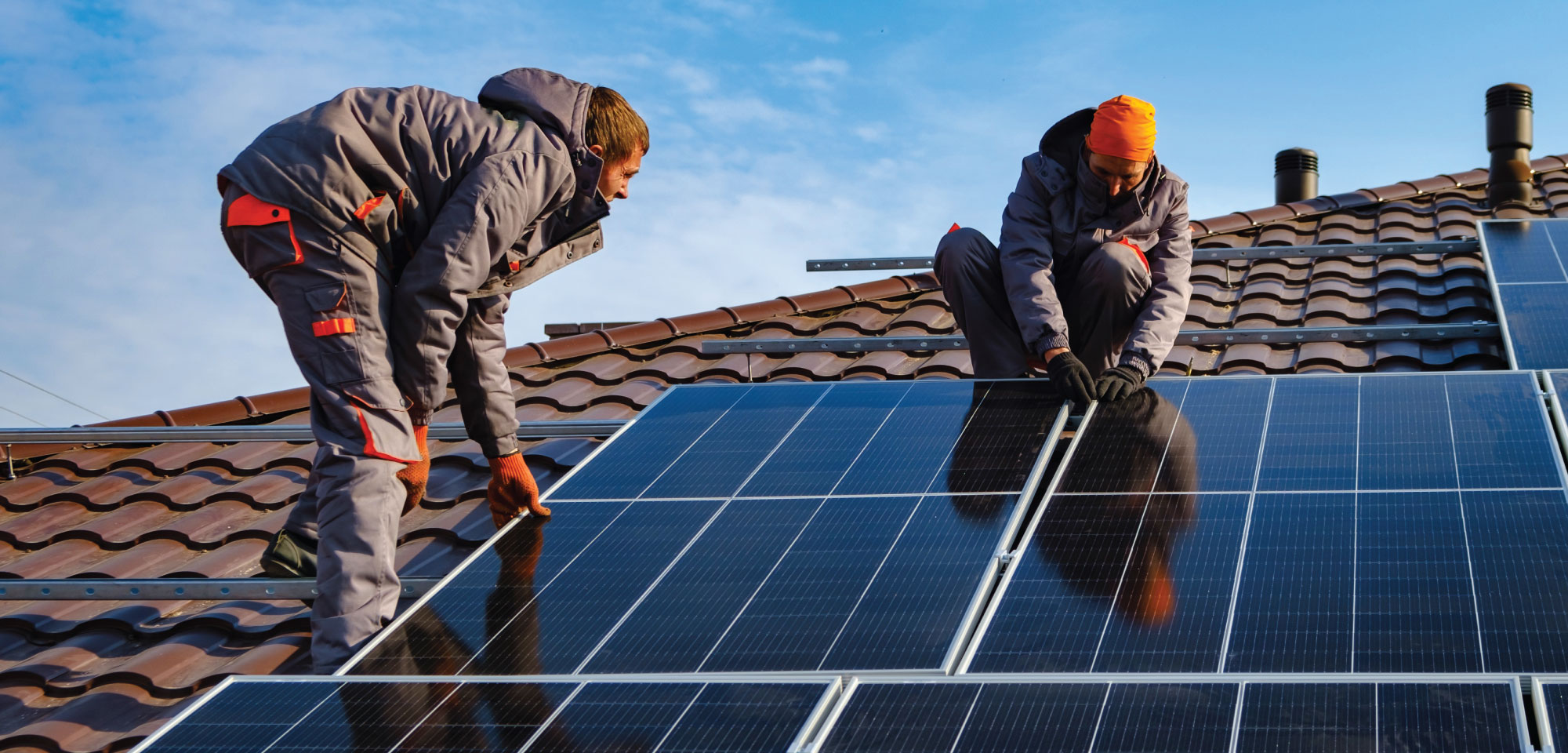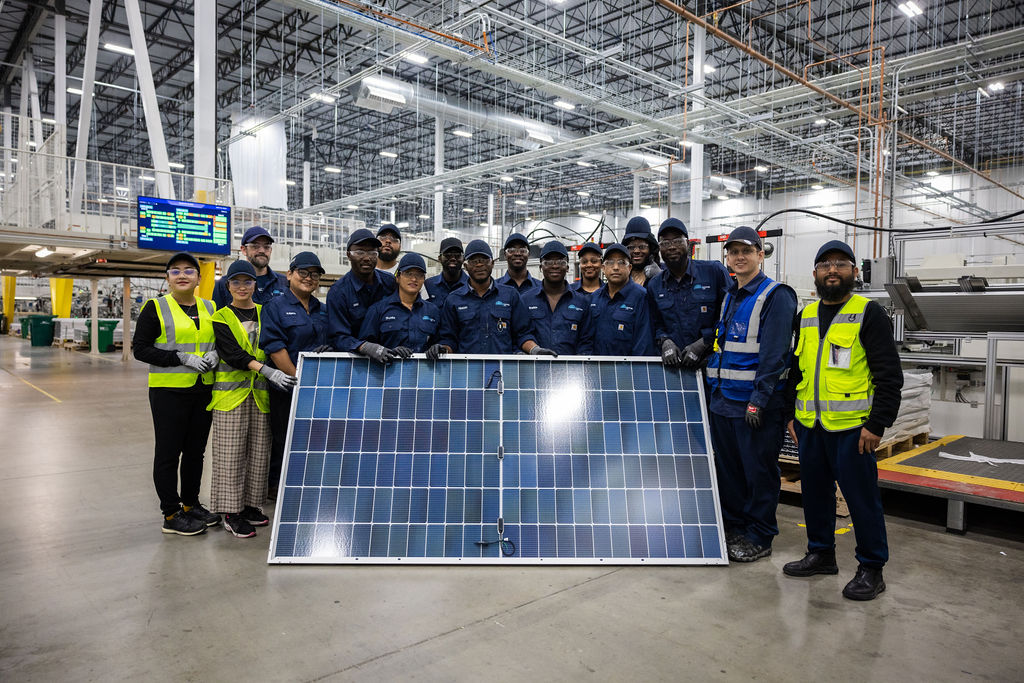Solar Panel Cost in Virginia: Lumina Solar Concentrates On Supplying Advanced Photovoltaic Solutions For Residences And Companies
History and Establishing
Have you ever wondered how a solar panel company springs from a mere stimulate of motivation into a powerhouse of renewable resource? It frequently begins with a vision-- one sustained by a mix of development, decision, and a pinch of serendipity. The journey of lots of solar companies mirrors the advancement of the innovation itself: from bulky, inefficient panels to streamlined, high-efficiency marvels harnessing the sun's bounty.
The Early Days
In the late 20th century, when solar energy was still a specific niche concept, leaders planted seeds for what would become a worldwide motion. Think of a little workshop filled with curious engineers, relentlessly try out solar batteries. Their passion was palpable, typically driven by a desire to combat environment change and reduce dependence on fossil fuels.
One such anecdote is about a founder who, motivated by an outdoor camping journey, realized that even in remote locations, the sun could power necessary devices. This easy observation sparked a company's objective to equalize access to clean energy.
Founding Concepts

- Innovation: Continually pushing the boundaries of solar innovation to improve performance and durability.
- Sustainability: Dedicating to environment-friendly production and lowering carbon footprints.
- Ease of access: Making eco-friendly energy solutions cost effective and useful for daily users.
Turning points in Development
| Year | Secret Occasion |
|---|---|
| 1985 | Business established in a small garage, focusing on research study and advancement. |
| 1995 | Very first business solar panel product launched, gaining local attention. |
| 2005 | Broadened to international markets, accepting international renewable resource goals. |
| 2015 | Introduced cutting-edge solar panel innovation with boosted energy conversion. |
Isn't it remarkable how these incremental steps, typically overlooked, form the energy landscape today? The photovoltaic panel business story is not simply about innovation; it's about a relentless mission for a brighter, cleaner future.

Innovations in Photovoltaic Panel Technologies
Ever noticed how some solar panels shine brighter and last longer? It's not magic; it's the science of photovoltaic performance. Modern solar panel companies invest heavily in innovations like bifacial cells, which catch sunlight from both sides, boosting energy harvest without expanding roofing space. Have you ever wondered why some panels perform much better on cloudy days? That is because of advances in thin-film solar technology, which thrives under diffused light conditions.
Item Variations Customized to Unique Requirements
One size never ever fits all. Photovoltaic panel providers now provide:
- Monocrystalline panels for optimum performance and sleek looks, suitable for space-constrained rooftops.
- Polycrystalline panels, which provide an affordable alternative without compromising excessive output.
- Building-integrated photovoltaics (BIPV), combining solar tech perfectly into architectural aspects like windows and facades.
Selecting the best item isn't simply about upfront cost; it's about matching your environment, energy objectives, and long-lasting savings. For example, homes shaded by trees require panels that master low-light circumstances, something lots of ignore up until energy bills climb up unexpectedly.
Technical Tips for Optimal Selection
- Evaluate the temperature coefficient-- lower values suggest panels lose less effectiveness on hot days.
- Try to find panels with improved anti-reflective finishes to maximize light absorption.
- Think about the panel's warranty not just for problems, however for guaranteed power output over years.
- Don't undervalue the importance of the inverter innovation matched with the panels; it can make or break your system's performance.
Beyond Panels: Emerging Patterns
Envision solar panels that adjust their angle instantly to chase the sun-- tracking systems are becoming more accessible, increasing yield substantially. Or solar tiles that mix undetectably into your roofline, transforming your home into a silent, self-dependent power generator. These innovations are improving what a photovoltaic panel business provides-- not simply items, however incorporated energy solutions.
Market Presence and Global Operations
Ever wonder why some photovoltaic panel business appear to sprout up in every corner of the world while others barely make a ripple? The distinction lies not simply in technology but in mastering the art of navigating varied markets. Expanding globally is like planting seeds in various climates-- you should understand each environment's special conditions to grow.
Take, for circumstances, the complex dance of logistics and supply chain management. Shipping panels halfway across the world isn't practically distance; it's about timing, customizeds, tariffs, and adjusting to local need fluctuations. A business with robust worldwide operations prepares for these variables, guaranteeing panels get here on schedule without website pumping up expenses. This foresight is no small accomplishment and often separates industry leaders from followers.
Key Techniques for Expanding Market Existence
- Localized manufacturing: Establishing production centers near target markets minimizes shipping hold-ups and import complexities.
- Strategic partnerships: Teaming up with regional companies accelerates market penetration and develops trust.
- Adaptive product design: Customizing solar panel tech to weather, sun intensity, and facilities nuances improves performance and approval.
What about the human aspect? Solar panel business operating globally should reconcile cultural differences and regulatory nuances without losing sight of their core objective. For example, what works in a sun-drenched desert may fail in a damp coastal area. Often, the most innovative option is merely listening-- soaking up regional insights to improve innovation and technique.
Professionals frequently advise a phased rollout rather than a shotgun expansion. Why risk overextension when measured growth constructs sustainable momentum? Scaling wisely indicates balancing aspiration with functional resilience - Solar Panel Installation Virginia. After all, in the race for sustainable energy dominance, patience can be as important as speed
Ecological Impact and Sustainability Practices
When photovoltaic panels first emerged, numerous presumed they carried zero environmental baggage. The reality is more nuanced. The production of solar batteries includes unusual earth metals and energy-intensive procedures, which can leave a large carbon footprint before the panels even reach roofs. Yet, the real ecological expense depends greatly on the sustainability practices used by the solar panel business throughout the lifecycle of their products.
How often do we pause to consider what occurs to photovoltaic panels at the end of their useful life? Unlike batteries or electronics, photovoltaic panels can last 25-30 years, however disposal and recycling pathways stay underdeveloped in numerous regions. A company dedicated to reducing ecological harm will have a robust strategy for recycling photovoltaic materials, salvaging valuable silicon, glass, and metals to prevent landfill accumulation.
Key Sustainability Techniques
- Using low-impact manufacturing strategies that reduce water and energy consumption.
- Carrying out closed-loop systems to recycle production waste back into new panels.
- Taking part in transparent supply chain audits to ensure ethical sourcing of basic materials.
- Designing panels for easier disassembly to assist future recycling efforts.
It deserves noting that some solar business have originated innovative methods, such as integrating eco-friendly parts or utilizing less hazardous chemicals during fabrication. This not only reduces environmental strain but also sets a precedent for the market. The question stays: can the solar industry genuinely pivot towards a circular economy design without sacrificing performance or price?
Specialist Tips for Assessing Sustainability
- Inquire about the business's commitment to carbon-neutral production and whether they offset emissions.
- Investigate if they partner with accredited recycling centers devoted to photovoltaic panel waste.
- Search for openness reports detailing ecological impacts and sustainability goals.
- Consider the longevity and service warranty of panels as an indirect procedure of resource performance.
In the end, choosing solar energy needs to suggest more than just slashing electrical energy bills; it has to do with nurturing a future where energy is harvested properly and waste is attentively managed. Solar panel companies that welcome this approach not only light up homes however likewise cast a brighter light on sustainable development.